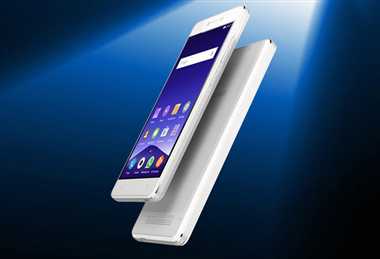Video game maker Activision Blizzard Inc said it will buy "Candy Crush Saga" creator c for $5.9 billion to strengthen its mobile games portfolio.
ABS Partners CV, a unit of Activision Blizzard, will acquire King shares for $18 each in cash, representing a premium of 16 percent to King's closing price.
The addition of King's mobile games will position Activision as a global leader in interactive entertainment across mobile, console and PC platforms, Activision said in a statement.
Video game publishers are shifting to the lucrative digital business from physical sales of games as consumers shift from consoles to playing on smartphones and tablets.
The fast-growing mobile gaming segment is expected to generate more than $36 billion in revenue by the end of 2015, according to Activision.
Activision Blizzard chief executive Bobby Kotick told Reuters that buying King will help broaden the reach of its games and expand into new demographics, adding that 60 percent of King's players are female and that no gaming consoles or hardware, besides a phone, is needed to play King's games.
"You have such broad reach. This is a fantastic opportunity for us to create compelling content for new demographics," Kotick said.
Activision, which owns popular game franchises such as "World of Warcraft," "Call of Duty," and "Diablo," said the deal gives the combined company more than 500 million monthly active users across the world and would add to Activision's estimated 2016 adjusted revenue and earnings by about 30 percent.
Dublin, Ireland-based King will continue to operate as an independent operating unit led by Chief Executive Riccardo Zacconi. Zacconi told Reuters that Activision appealed to him because of the company's expertise in building long-lasting franchises.
King, which went public last March, has been struggling to boost bookings - an indicator of future revenue.

